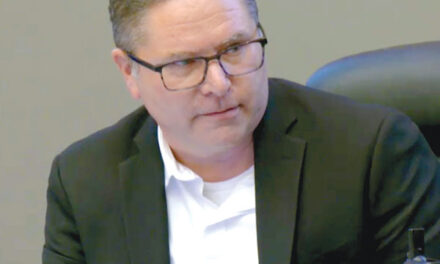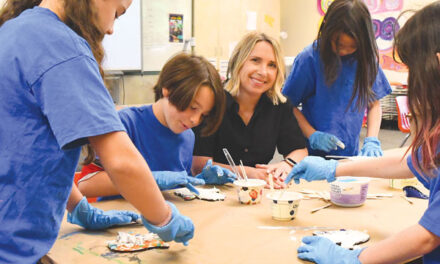How to Save Football
New rules boost safety, but numbers decline
By R.E. Graswich
November 2019
Jim Cooper is trying to save football. He might be too late.
Cooper, the state Assembly member from Elk Grove, carried legislation this year to make youth football probably not as safe as tennis, but safer than football has ever been.
Cooper’s handiwork, called Assembly Bill 1 or the “California Youth Football Act,” proved California is serious about protecting children who play in youth football leagues.
The new rules limit full-contact practices to twice per week during football season, and eliminate contact drills in the off-season. The new law requires coaches to undergo annual training in safe tackling, head injuries, heat-related illness and opioids.
The Youth Football Act sailed through the Legislature this summer and was quickly signed by Gov. Gavin Newsom. There were no negative votes. The rules take effect in January 2021.
“California is leading the nation in setting the bar on the importance of protecting children from brain injuries while playing contact sports,” Cooper says.
While Cooper deserves a cheer for guiding a worthy bill from start to finish—the Youth Football Act is sensible, practical, serves a true need and bows to no corporate or labor groups—its safeguards may arrive too late to salvage the football programs at several high schools around Sacramento.
The Youth Football Act is specific to younger kids who are several years away from suiting up for their high school teams. The new law protects the pipeline—the next cohort of youngsters who will play at Hughes Stadium and high school fields across the city.
High schools and middle schools already have their own safety rules in California—no more than two full-contact drills per week—but many programs face a different kind of problem. They can’t find enough kids to fill a roster.
The personnel shortfall is notably acute at schools in urban districts such as Sacramento City Unified, where McClatchy and Kennedy high schools have struggled to attract football players.
My friend Joe Davidson, who has covered high school sports for four decades at The Bee, found a poignant story at Burbank High School this season, where the squad ended up with only 14 players for a game against Sheldon.
Burbank coach Eddie Elder stopped the match in the third quarter with his team trailing 42-12. “We’re trying to get our numbers up, trying to get kids interested in playing, trying to get some eligible, trying to make it all work,” Elder told Davidson.
The problem can be seen across the state. Today, California has about 12,000 fewer kids playing high school football than in 2015. As Elder suggests, some lose interest. Others can’t participate because of poor grades.
But some programs suffer because coaches encourage kids to specialize—they tell a youngster to commit to football or basketball or baseball and focus on just one sport. Specialization obviously limits participation among athletes. And it can discourage kids.
Faced with dwindling numbers, coaches are starting to realize it’s good to share the talent. Kids can thrive when they play multiple sports. They might miss basketball practice while football is underway. But they can still contribute and enjoy the experience.
There’s nothing new about athletes playing multiple sports. In my ancient past at Cordova High School, I had a classmate named Jerry Manuel. He played football, basketball and baseball. Every team was thrilled to have him. He ended up managing the Chicago White Sox and New York Mets.
R.E. Graswich can be reached at regraswich@icloud.com. Follow us on Facebook, Twitter and Instagram: @insidesacramento.
















